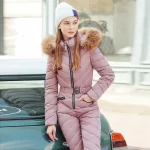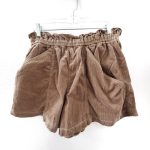What is a halter top? This question comes up often as the style continues to be a favorite in warm-weather wardrobes. A halter top is a sleeveless garment that ties or fastens behind the neck, leaving the shoulders and back exposed. The fabric wraps around the upper chest and connects at the nape of the neck. Most designs also include a band that wraps around the lower back or waist for added support. This unique structure offers both comfort and bold fashion appeal. Because it lifts and shapes the bust, many wearers appreciate its flattering fit.
It works well for casual outings, beach days, weddings, and evening events. Transitioning from day to night is easy with the right accessories. Additionally, halter tops come in various lengths, fabrics, and neck styles. Some feature high necklines, while others have deep plunging cuts. Materials range from cotton and linen to silk and spandex blends. As a result, there’s a version for every body type and occasion. Whether you’re new to the look or updating your summer closet, understanding what is a halter top helps you make confident style choices.
In This Article
- 1 The History and Evolution of the Halter Tops
- 2 Different Styles of Halter Tops
- 3 How to Choose the Right Fit for Your Body Type
- 4 Styling Tips for Wearing a Halter Top
- 5 Occasions Suitable for Wearing a Halter Top
- 6 Frequently Asked Questions About Halter Tops
- 7 Final Thoughts on Understanding What is a Halter Top
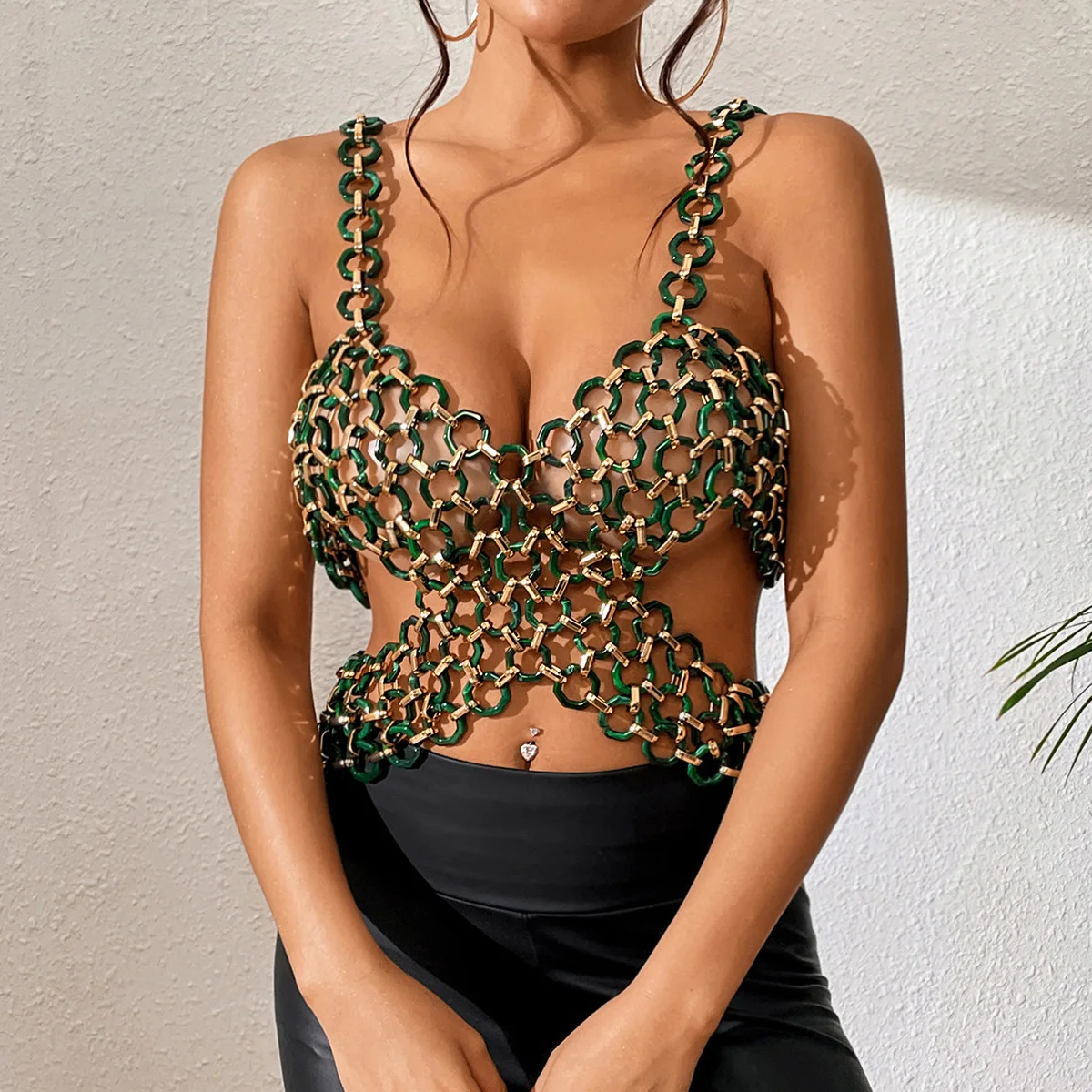 The History and Evolution of the Halter Tops
The History and Evolution of the Halter Tops
The halter top has roots in ancient clothing traditions. Early versions appeared in Greek and Roman attire, where draped fabrics secured at the shoulders were common. However, the modern halter top gained popularity in the 1940s. Hollywood stars wore them in swimsuits and evening gowns. Their glamorous appeal made them a symbol of confidence and freedom. In the 1970s, the style became mainstream during the disco era. Women paired tops with flared pants and maxi skirts. The 1980s brought athletic-inspired versions, often seen in aerobics and dancewear. Then, in the 2000s, celebrities revived the trend on red carpets and music videos.
Designers began experimenting with cutouts, lace, and asymmetric details. Today, the top appears in bohemian, minimalist, and haute couture collections. Its evolution reflects changing attitudes toward femininity and self-expression. Furthermore, cultural influences from Asia, Africa, and Latin America have shaped new variations. As a result, the design remains fresh and relevant. Therefore, knowing its history adds depth to your appreciation. What is a halter top if not a blend of tradition and modern flair?
Cultural Significance Across Regions
Halter-style garments appear in many cultures around the world. In India, women wear cholis, which are cropped blouses with neck ties. These often accompany sarees or lehengas during festivals. Similarly, in Southeast Asia, traditional dance costumes use halter straps for mobility. African fashion includes wrap tops with knot details that resemble halter construction. Middle Eastern styles sometimes feature modest halter silhouettes under sheer overlays. In Brazil, beachwear frequently uses halter necklines for bikini tops. These designs provide support while allowing sun exposure. Native American regalia may include beaded halter vests for ceremonial wear.
Each culture adapts the form to suit local values and climates. Moreover, these variations show how function meets artistry. The shared element is the neck support and open back. This design allows airflow in hot environments. It also highlights jewelry and body art. As global fashion becomes more inclusive, these influences enrich mainstream options. Designers now blend cultural motifs with contemporary cuts. Therefore, the halter top is more than just a trend—it’s a worldwide phenomenon.
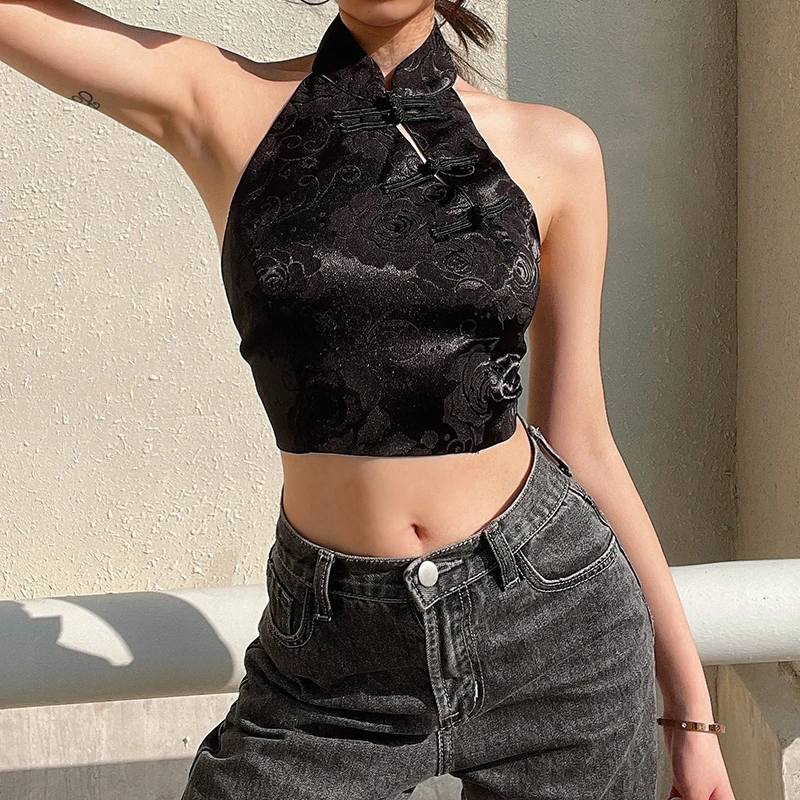 Different Styles of Halter Tops
Different Styles of Halter Tops
There are many types of halter tops, each offering a different look and fit. The classic triangle halter features two triangular cups connected by a string or band at the back. This style is common in swimwear and lingerie-inspired tops. Bandeau halter tops have a straight-across neckline with a single strap behind the neck. They offer moderate coverage and work well with layered looks. Crossover halter tops wrap diagonally across the chest. This creates a flattering V-shape that enhances the bust. Twist-front designs add texture and visual interest. They often use knotted fabric in the center. High-neck halter tops extend the fabric higher on the back.
These provide more coverage and suit formal events. Off-the-shoulder halter styles combine volume and drama. They drape loosely around the arms and neck. Ruffled or tiered halter tops add movement and femininity. These are popular in beach and resort fashion. Cropped halter tops end above the waist. They pair perfectly with high-waisted jeans or skirts. Longline versions extend to the hips or waistband. These offer more torso coverage and balance proportions. With so many options, choosing one depends on your comfort and purpose.
Fabrics and Materials Used in Halter Tops
The fabric of a halter top affects its comfort, durability, and appearance. Cotton is breathable and soft, ideal for everyday wear. It absorbs sweat and suits sensitive skin. Linen offers natural cooling properties and a relaxed drape. However, it wrinkles easily, which some people find charming. Silk gives a luxurious feel and elegant sheen. It works well for special occasions but requires gentle care. Polyester blends are wrinkle-resistant and affordable. They hold color well and withstand frequent washing. Spandex or elastane adds stretch, improving fit and movement. Many athletic halter tops use moisture-wicking materials.
These keep the body dry during physical activity. Mesh and lace inserts increase breathability and style. They create semi-sheer effects for bold fashion statements. Denim halter tops bring an edgy, casual vibe. They pair well with shorts or skirts for daytime outings. Knit fabrics like jersey offer flexibility and softness. These conform to the body without constriction. Satin provides a glossy finish and smooth texture. It’s often used in evening and bridal wear. Choosing the right material depends on weather, activity, and personal preference. Therefore, consider how each fabric performs in real-life conditions.
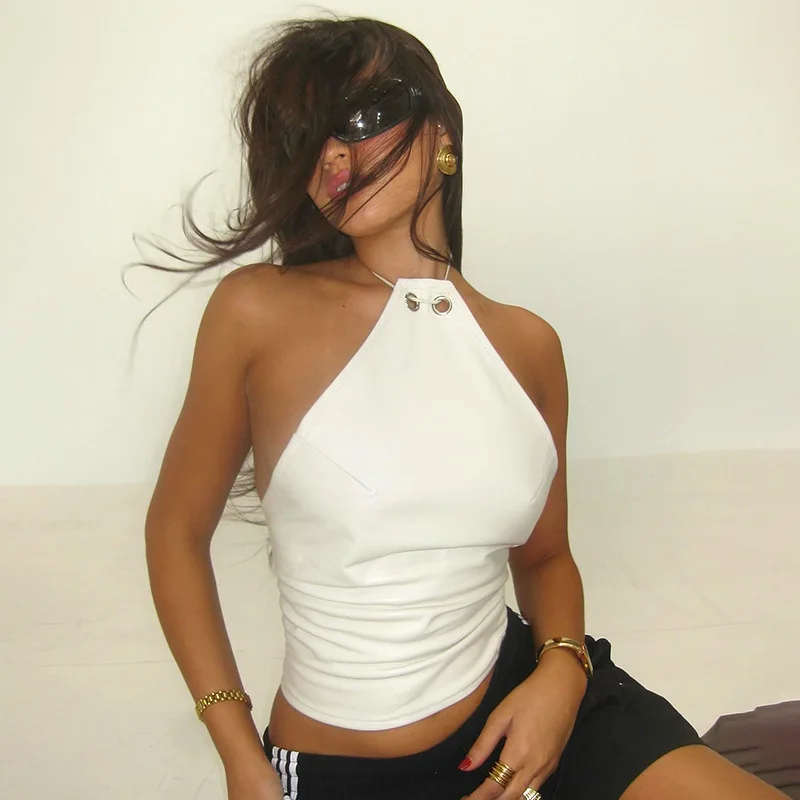 How to Choose the Right Fit for Your Body Type
How to Choose the Right Fit for Your Body Type
Finding the perfect top starts with understanding your body shape. For hourglass figures, styles that emphasize the waist work best. Crossover or twisted fronts enhance curves naturally. Pear-shaped bodies benefit from tops with detail on the upper half. Ruffles, patterns, or embellishments draw attention upward. Apple-shaped individuals should look for empire waistlines or A-line cuts. These drape smoothly over the midsection. Avoid tight bands that dig into the skin. Rectangle or athletic builds gain definition from structured halter tops.
Padded cups or ruching add volume where needed. Petite frames do well with shorter hemlines and narrow straps. These prevent overwhelming the torso. Tall women can carry off longer styles and bold necklines. Plus-size options often include adjustable ties and wider bands. These ensure security and comfort. Always check the back closure type. Hook-and-eye, tie-back, or clip designs affect ease of wear. Try the top on with similar undergarments you plan to wear. Ensure the neck strap doesn’t pull too tightly. Also, verify that armholes aren’t too wide or restrictive. Ultimately, confidence comes from a fit that feels secure and balanced.
Styling Tips for Wearing a Halter Top
Styling a halter top depends on the occasion and your personal taste. For casual daytime looks, pair it with high-waisted denim shorts. Add sandals and a sunhat for a relaxed beach-ready outfit. Linen halter tops go well with wide-leg pants for brunch or shopping. Layer with a lightweight kimono or cardigan for cooler evenings. For a night out, choose a satin or sequined halter top. Match it with a sleek pencil skirt or tailored trousers. Strappy heels and statement earrings complete the look. Weddings and garden parties call for flowy fabrics and soft colors. A floral-print top with a tulle skirt feels romantic and elegant. Athleisure styles work with bike shorts or leggings.
Combine with sneakers for workouts or errands. When wearing a backless halter, consider your hairstyle. Updos or half-buns showcase the exposed back beautifully. Avoid high-neck jackets that cover the design. Instead, opt for cropped boleros or open-front blazers. Jewelry should complement, not compete. Delicate necklaces work if the neckline allows. Otherwise, focus on earrings and bracelets. Belts can define the waist when worn over longline styles. Therefore, small changes create big impact. The key is balancing exposure with sophistication.
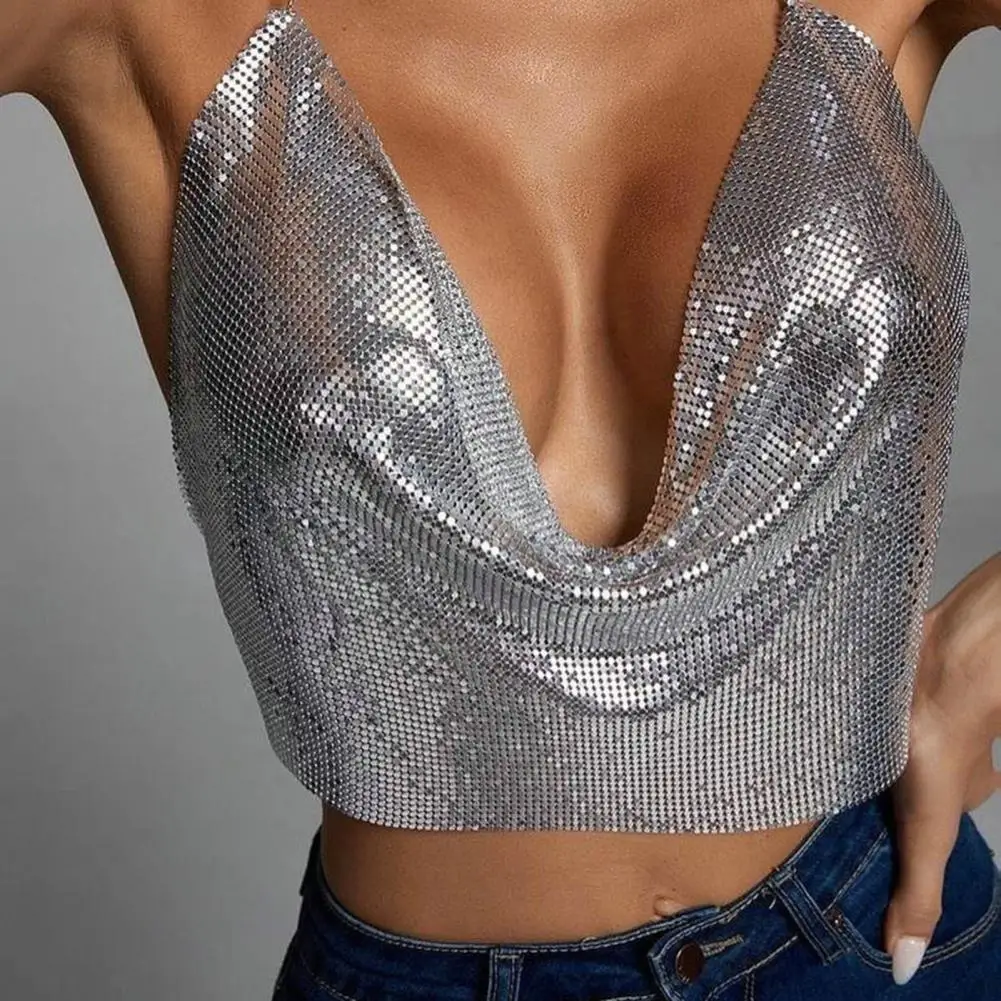 Occasions Suitable for Wearing a Halter Top
Occasions Suitable for Wearing a Halter Top
Halter tops fit a wide range of events and settings. Beach vacations are a natural match. The design allows tanning while providing support. Swim cover-ups often use halter necklines for easy wear. Music festivals and outdoor concerts welcome bold, expressive styles. Sequins, fringe, or crochet details stand out in crowds. Summer weddings, especially outdoor ones, embrace the airy aesthetic. A lace or chiffon top feels festive yet appropriate. Bridal showers and bachelorette parties also suit this look. Brides often wear halter-style dresses or tops for pre-wedding events. Workplaces with casual dress codes allow simple cotton or knit versions.
Pair them with blazers or high-waisted skirts for professionalism. Date nights call for sultry fabrics like silk or velvet. Deep V-necks or cutout details add allure. Family gatherings and barbecues work with relaxed cotton styles. Even travel outfits include halter tops for comfort in heat. Airlines don’t restrict them, and they layer well. Yoga retreats and spa days use soft, breathable versions. Therefore, versatility makes the top a year-round option. You just need to adjust fabric and pairing.
Frequently Asked Questions About Halter Tops
Can I wear a halter top if I have broad shoulders?
Yes, but choose wider straps and avoid bulky details on top.
Are halter tops suitable for large busts?
Yes, many offer strong support with thick straps and secure backs.
How do I prevent tan lines with a halter top?
Use spray sunscreen under straps, or rotate styles for even exposure.
Can I wear a bra with a halter top?
Some styles work with strapless or adhesive bras. Others are designed to be worn alone.
Do halter tops stay in place during movement?
Yes, if properly fitted. Adjustable ties improve security.
Are halter tops appropriate for office wear?
Only in casual environments. Pair with a jacket and modest bottom.
Can men wear halter tops?
Rarely, but similar styles exist in athletic or performance wear.
How do I wash a halter top?
Check the label. Hand wash delicate fabrics. Machine wash cotton on gentle cycle.
What bottoms go best with halter tops?
High-waisted jeans, skirts, shorts, or palazzo pants balance the look.
Are halter tops in style in 2024?
Yes, they remain popular in both streetwear and high fashion.
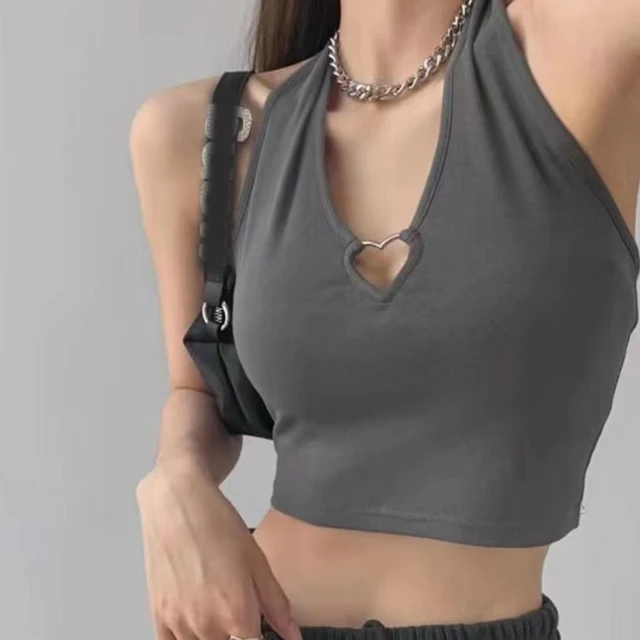 Final Thoughts on Understanding What is a Halter Top
Final Thoughts on Understanding What is a Halter Top
Understanding what is a halter top goes beyond recognizing its design. It involves appreciating its history, versatility, and role in personal expression. From ancient garments to modern runways, this style has stood the test of time. It offers freedom, elegance, and confidence to those who wear it. Whether you choose a simple cotton version or a glamorous evening piece, the halter top adapts to your needs. Its ability to suit various body types and occasions makes it a wardrobe essential. Moreover, proper fit and fabric selection enhance comfort and longevity.
With the right styling, it transitions seamlessly between events. Accessories, layers, and footwear change its entire vibe. Therefore, owning a few variations allows maximum flexibility. As fashion evolves, the top continues to inspire designers and wearers alike. So, when asking “What is a halter top?” remember—it’s more than clothing. It’s a statement of style, strength, and individuality.
